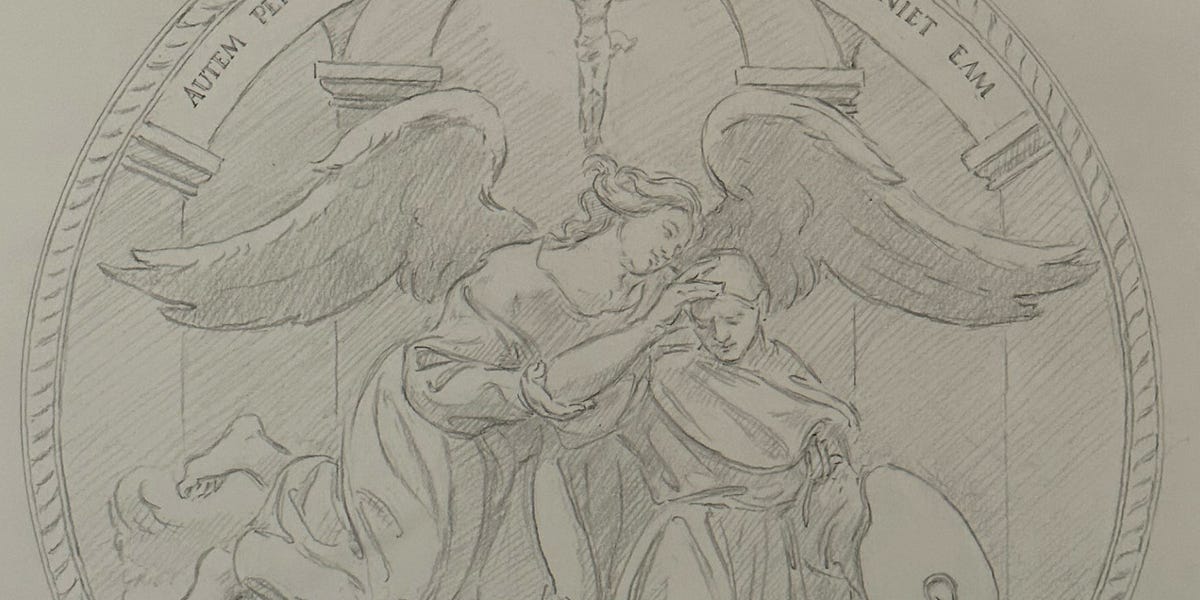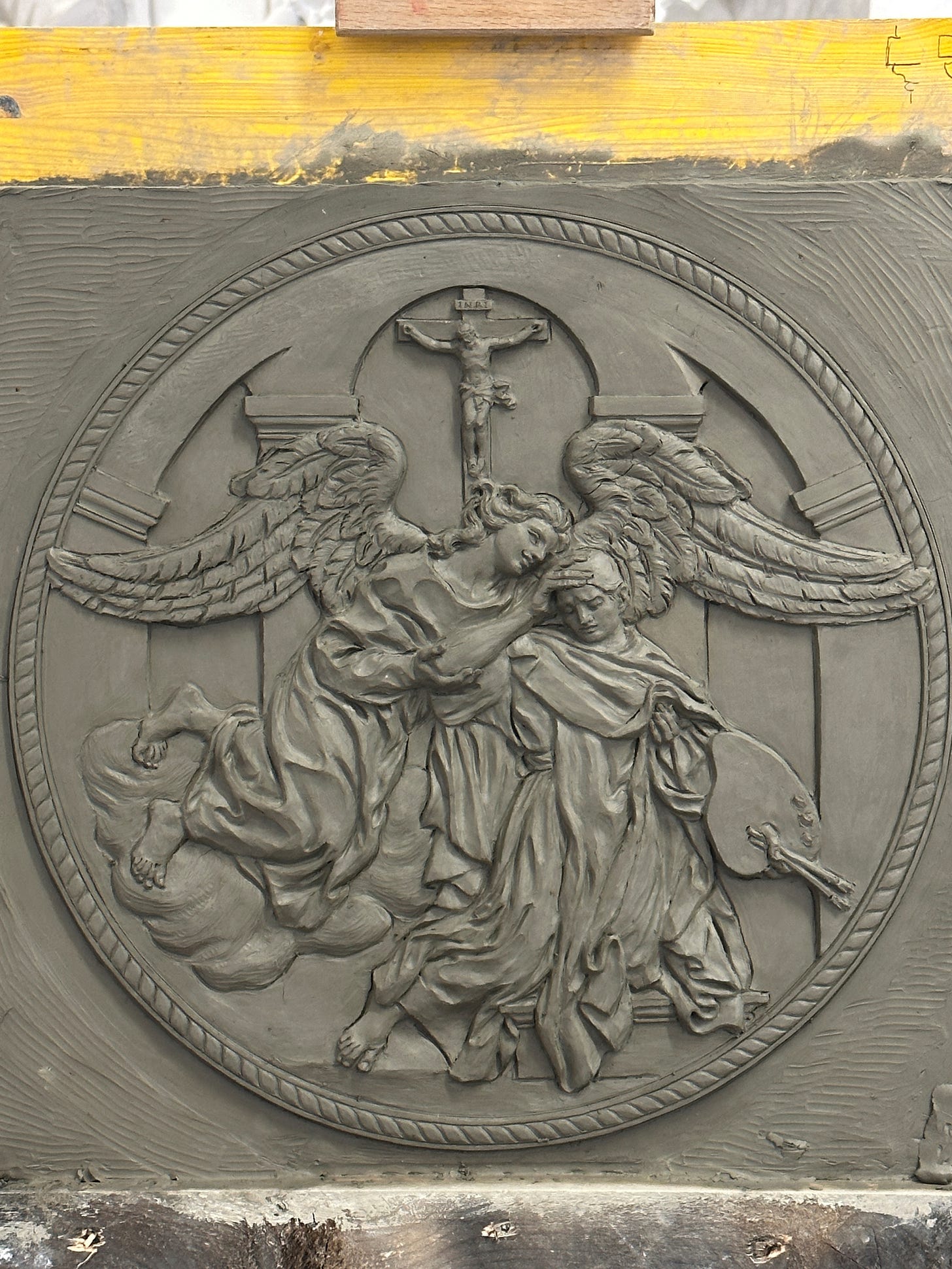## Can pixels and polygons preach? Benedictine College thinks so.
Forget the doomscrolling and the endless battle royale. What if the answer to saving the world wasn’t found in brute force or tactical maneuvers, but in something far more… beautiful? That’s the audacious proposition put forward by Benedictine College, who believe the power of art and storytelling in gaming can be a force for good.

From epic fantasy landscapes to poignant narratives about human connection, video games have the potential to reach audiences in ways no other medium can. But can they truly save the world?
Delve into the heart of Benedictine College’s philosophy and discover how they’re harnessing the magic of gaming to inspire empathy, cultivate virtue, and ultimately, build a better future.The Paradox of Speed and Slow Time

In our hyper-connected world, speed reigns supreme. From the instant gratification of social media to the relentless pace of our digital lives, we’re constantly bombarded with information and stimuli. This relentless acceleration can leave us feeling overwhelmed and disconnected, craving moments of stillness and reflection. Amidst this frenetic environment, the idea of “slow time” – a deliberate deceleration of our pace to engage with the world more deeply – becomes increasingly radical and necessary.
Finding Depth in a World of Acceleration
As gamers, we understand the power of immersion. We lose ourselves in virtual worlds, experiencing narratives and challenges with a level of engagement that’s hard to replicate in the physical world. But even within the immersive realm of gaming, the constant pressure to level up, achieve milestones, and stay ahead of the curve can lead to a superficial engagement. Slowing down, taking the time to appreciate the intricacies of a game’s world, the beauty of its art style, the depth of its narrative, allows us to truly connect with the experience on a deeper level.
The Transgressive Act of Slowing Down
In a culture that prizes efficiency and productivity above all else, taking time to simply “be” can feel like a transgression, a rejection of societal norms. But slowing down isn’t about laziness or escapism; it’s about cultivating mindfulness, presence, and a deeper appreciation for the world around us. It’s about engaging with games not just as a form of entertainment, but as a source of beauty, meaning, and connection.
Gamestanza and the Pursuit of Beauty
Gamestanza has always championed games as a powerful medium for storytelling, artistic expression, and social commentary. But we also believe that games can be a source of profound beauty, capable of evoking awe, wonder, and a sense of transcendence.
How Video Games Can Be a Medium for Beauty
From the breathtaking landscapes of “The Legend of Zelda: Breath of the Wild” to the hauntingly beautiful soundtrack of “Journey,” video games can create experiences that are both visually and emotionally captivating. The combination of art, sound, and interactivity allows games to evoke a sense of wonder and inspire emotional responses that are unique to the medium.
Gamification of the Divine: Exploring Sacred Experiences through Games
Games can also provide a unique lens through which to explore themes of faith, spirituality, and the divine. “Abzu,” for example, is a meditative underwater exploration game that evokes a sense of peace and connection with nature. “Firewatch,” on the other hand, explores themes of isolation, loneliness, and the search for meaning in a vast and indifferent universe. By gamifying these profound experiences, developers can invite players to engage with complex questions about the human condition and our place in the cosmos.
Beauty and Faith: A Benedictine Perspective
At Benedictine College, a Catholic liberal arts college in Kansas, a unique movement is taking place, one that seeks to reclaim the power of beauty in our post-truth world.
Sir James MacMillan and the Power of Music
Sir James MacMillan, a renowned Scottish composer and recipient of the 2025 Prize in Excellence in Theology and the Arts from Benedictine College, is a leading voice in this movement. MacMillan believes that music has the power to move us deeply, to connect us to something larger than ourselves, and to inspire us to live more beautiful and meaningful lives.
The Center for Beauty and Culture: Embracing Beauty and Faith
The Center for Beauty and Culture, founded by Dr. Denis McNamara, is dedicated to exploring the intersection of beauty, faith, and culture. Through lectures, workshops, and artistic events, the Center seeks to cultivate a deeper appreciation for the beauty that surrounds us and to understand its role in our lives.
One of the Center’s most notable initiatives is the annual Prize in Excellence in Theology and the Arts. This prestigious award recognizes individuals who have made significant contributions to the field of beauty and culture, reflecting the Benedictine College’s commitment to fostering the development of the whole person – intellect, spirit, and artistic sensibility.
The Fra Angelico Medal and the Connection Between Art and Holiness
The prize medal itself, designed by Cody Swanson, is a stunning tribute to the power of beauty to inspire holiness. It depicts Fra Angelico, a 15th-century Florentine monk and painter known for his deeply devotional and spiritual works of art. Fra Angelico’s paintings are said to have had a profoundly moving effect on those who beheld them, inspiring feelings of awe, wonder, and reverence. The medal serves as a reminder that beauty can be a powerful force for good, capable of lifting us up and connecting us to the divine.
Fides Quaerens Intellectum: Beauty as a Path to Understanding
The Benedictine College’s approach to beauty aligns with the ancient adage “fides quaerens intellectum” – faith seeking understanding. This principle suggests that faith and reason are not opposed but rather complementary, working together to illuminate the mysteries of the world and our place within it. Beauty, in this context, serves as a bridge between faith and reason, a way of experiencing the truth in a tangible and evocative way.
When we encounter beauty in art, music, or nature, we are invited to contemplate its source and meaning. This contemplation can lead us to deeper understanding of ourselves, our world, and our relationship with the divine.
Conclusion
So, can beauty truly save the world? The Benedictine College philosophy suggests it can, but not in the superficial sense we often associate with the term. True beauty, they argue, lies in truth, goodness, and love – the very foundations of a just and harmonious society. It’s a beauty that transcends aesthetics and resonates within our souls, inspiring us to strive for something greater than ourselves.
This concept has profound implications for gamers and the gaming industry. If beauty, in its truest form, can indeed guide us towards a better world, then how can we, as creators and consumers of interactive experiences, leverage this power? Can we design games that celebrate these values? Can we craft narratives that inspire empathy, courage, and a sense of shared humanity? As we navigate an increasingly complex world, the answer to these questions might just hold the key to unlocking a brighter future. The power to shape this future, to make beauty a driving force in our lives, lies within each and every one of us.
Let’s not underestimate the potential of games to inspire, to uplift, and to remind us of the beauty that still exists in the world. Let’s strive to create games that not only entertain but also illuminate the path towards a world where beauty truly does save us all.